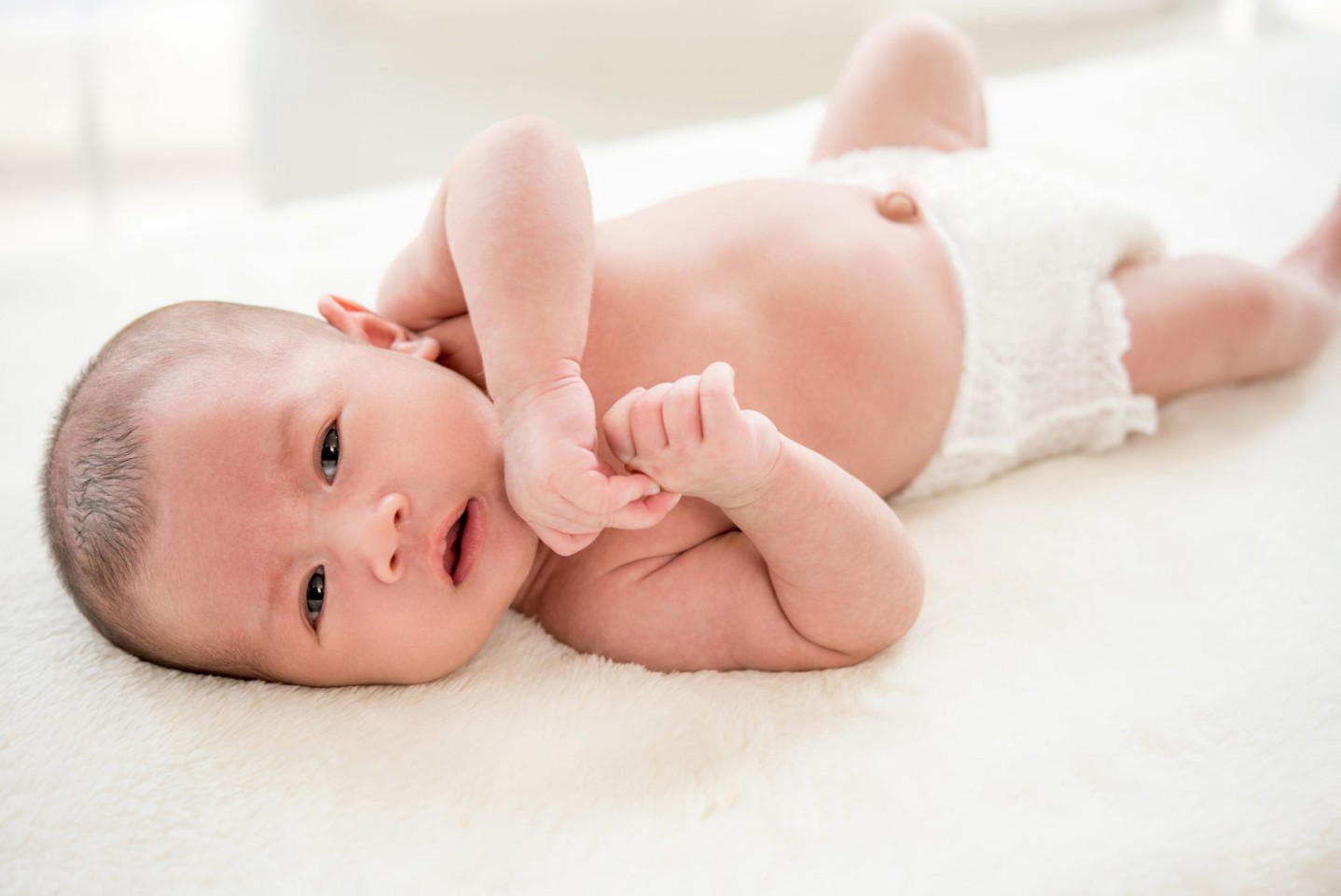Strength Training: Why it is Important for Moms
NOV 05, 2025Progressive overload means consistently challenging your muscles to do a little bit more than they're used to.
Read More
Caring for a newborn comes with so many new and unexpected considerations but taking care of your baby’s umbilical cord does not have to be such a daunting and confusing job! For a long time, how one should care for a child’s umbilical cord has been a topic of great debate. In the past few years, the care suggestions have become clearer, straightforward, and, hopefully, a source of less stress for new parents.
Throughout pregnancy, the umbilical cord supplied oxygen and delivered nutrients to the fetus and removed waste products from the fetus. Thus, the umbilical cord was an essential means of survival and growth for your baby. After the birth of your baby, the umbilical cord has served its purpose and will naturally fall off within a week or so.
In 2013, the World Health Organization released its most recent guidelines which recommend clean, dry umbilical cord care. To keep the umbilical cord dry, sponge bathe your newborn to avoid the cord from getting wet as much as possible. Try not to cover up the cord with the diaper by folding the diaper down. In the past it had been suggested to apply rubbing alcohol after diaper changes. This is no longer encouraged as rubbing alcohol may delay cord drying and separation.
As the cord begins to dry out and look as though it may fall off, do not remove the stump. Rather, allow the stump to fall off on its own. Typically, the umbilical cord will fall off between 1 and 3 weeks after your baby is born. As you are waiting for the cord to fall off, there are expected changes to the color of the cord. Soon after birth the umbilical cord may look white and shiny, and it will progress to looking brown or black as it dries and heals.
Complications with the umbilical cord are rare, but there are a few things to keep an eye out for. If there is pus, foul-smelling drainage, or the cord has not fallen off after 3 weeks, contact your physician. After the umbilical cord falls off, there may be a small amount of blood near the stump, or it may appear red and raw looking. This should resolve within 2 weeks.
Hopefully this helps with some of the uncertainty about umbilical cord care. As always, reach out to your provider for more questions.
Written in collaboration with medical student April Cooke.

Progressive overload means consistently challenging your muscles to do a little bit more than they're used to.
Read More
Miscarriage, stillbirth, and infant loss are not merely medical events; they represent deeply personal tragedies that leave lasting imprints.
Read More
Meningitis is the inflammation of the membranes (meninges) that surround and protect the brain and spinal cord.
Read MoreWhen you need local health information from a trusted source, turn to the CHI Health Better You eNewsletter.